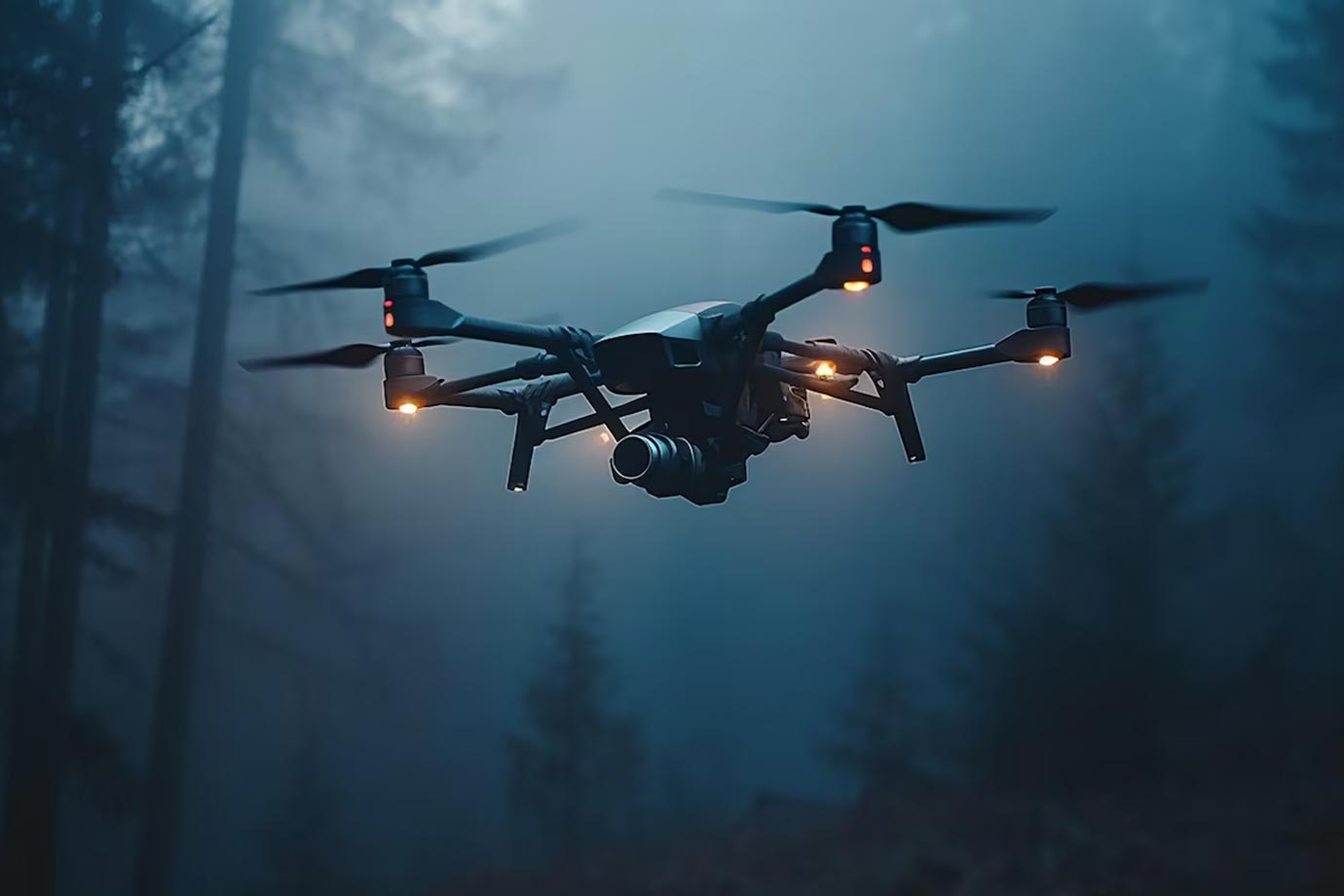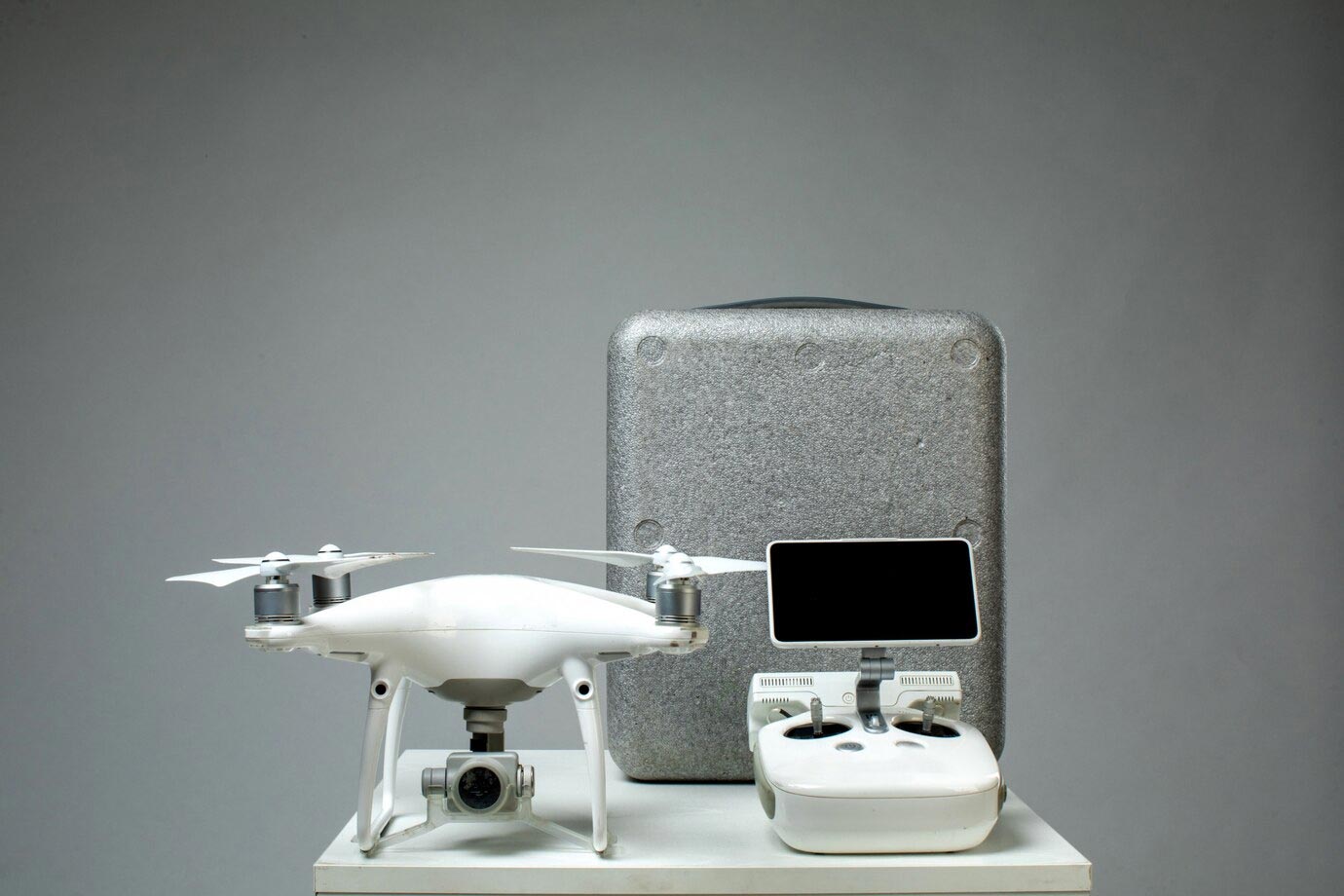In the expanding world of aviation technology, terms like ‘drone’ and ‘UAS’ (Unmanned Aircraft System) are often used interchangeably, but do they refer to the same thing? This article aims to clarify these terms and explore their nuances to provide a clearer understanding of what exactly each term encompasses.
The term ‘drone’ is commonly used in both media and everyday conversation, and it typically conjures images of small, buzzing aircraft zipping through the sky. Originally, ‘drone’ referred to any unmanned aircraft that could operate autonomously or be remotely controlled. The usage of the term has broadened over time, and it now encompasses a wide variety of unmanned aerial vehicles (UAVs), from simple recreational models to sophisticated military drones used for surveillance and combat.
On the other hand, the term ‘UAS’ stands for Unmanned Aircraft System. This is a more technical and encompassing term that refers to the entire system required to operate an unmanned aircraft. A UAS includes not just the UAV itself — the physical aircraft — but also the ground-based controller and the system of communications between the two. The Federal Aviation Administration (FAA) uses this term to emphasize that a drone is more than just a flying piece of hardware; it includes a support system that ensures its operation.
From a regulatory perspective, the distinction is important. When the FAA or other regulatory bodies use the term UAS, they are considering all aspects of drone operation, which includes ensuring airspace safety, managing communication frequencies, and handling operational licensing. This comprehensive approach helps in setting standardized protocols for training, maintenance, and operation, which are crucial for integrating drones safely into national airspace systems.
While all UAS can be considered drones, not all drones might qualify as UAS under certain definitions. For instance, a small toy drone operated by a child in a park is technically a drone but might not be complex enough to be considered a UAS since it may not have a sophisticated communication system or a dedicated ground controller. In contrast, drones used in professional settings such as film production, agricultural monitoring, or scientific research, which involve complex operational systems, definitely fit the UAS category.
Furthermore, the context in which these terms are used can also influence their interpretation. In military contexts, the distinction can be even more pronounced. A military drone, for instance, is equipped with more advanced technologies and capabilities, such as satellite communication, advanced surveillance systems, and sometimes, weaponry. These systems clearly align more closely with the UAS definition due to their complexity and the critical nature of their missions.
The evolution of drone technology and its applications across various sectors has also led to the development of specialized terms and classifications. For example, VTOL (Vertical Take-Off and Landing) UAVs, autonomous drones capable of sophisticated decision-making processes, and swarm drones that operate in coordinated groups are all advancements that challenge the simple categorization of unmanned aerial systems.
In conclusion, while the term ‘drone’ can broadly apply to any unmanned aerial vehicle, a UAS refers specifically to a comprehensive setup that includes the aircraft, the control system, and the operational protocols. This distinction is not just semantic but is crucial for understanding the regulatory and operational complexities of using such technology. As drones continue to evolve and become integrated into more aspects of work and recreation, understanding these distinctions becomes more than just technical—it becomes essential for safe and efficient usage. Whether you’re a hobbyist, a commercial pilot, or a regulatory official, grasping the nuances between a drone and a UAS can significantly impact how you interact with these technologies.


Leave a Reply